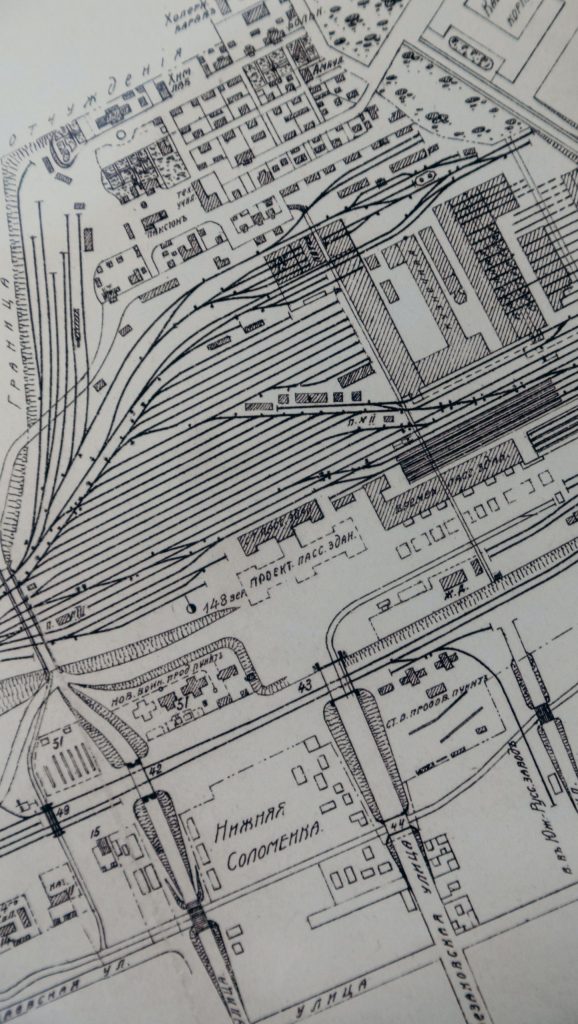Waterfall and Agile programme planning
Due to CapEx budgetary arrangements, most transformation programmes are likely suitable at a high level for linear, anticipated planning using Waterfall methods.
However, depending on their duration, they might have phases, with each stage having multiple cycles, also known as sprints. In addition, each sprint might have its list of planned SMART, measurable and quantifiable deliverables with their respective individual owners allocated.
This practice of setting up repeatable cyclical sprints of a fixed duration whilst maintaining a high-level objective across all phases is specific to the Agile Scrum methodology. Agile Scrum planning helps with channelling efforts at the right time in the suitable sprint or holistically to inform senior leadership forums and steering committees groups.
We specialise in delivering programme and project planning services at a high level and equally at detailed levels 2 and 3, using Waterfall and Agile methodologies, Green Book, RIBA, GRIP, and other smaller or bespoke flavours.

The key differentiators between the Waterfall and the Agile programme and project planning approaches are as follows:
Attention to detail
Agile Scrum planning focuses on the details of the next sprint only, instead of all the details of all the programme stages and phases.
Stakeholder collaboration
Agile Scrum actively encourages the participation of stakeholders and the product owner during the daily stand-up planning sessions.
Responsiveness to change requests
Given that Agile Scrum does not require detailed planning of the non-imminent sprints, the methodology is responsive to late changes such as policy variations.
Weak knowledge within the team
Having Agile stand-up planning sessions every morning reveals weak knowledge areas within the team and allows for early mitigation and corrective actions.
Knowledge management
Having Agile Scrum lessons learned at the end of each sprint is an excellent opportunity to strengthen collective knowledge for the subsequent planning sessions.
Top-down planning visibility
The Waterfall approach will provide a more simplistic indicator of the overall completion status against the planned progress of transformation projects.
Public reassurance
An external stakeholder will likely appreciate the simplicity of a Waterfall linear planned timeline that provides a current state and an overall due date.
Interactive programme and project planning using Power BI or Tableau
Enablers for effective programme planning
Effective planning requires several dependencies to maximise the chances of successful benefit realisation.
Programme controls
Use the risk, issue, assumption and dependency trackers (also known as the RAID or MART) to provide additional information about the programme milestones.
Governance arrangements
Leverage the power of daily stand-ups, sprint planning and retrospective meetings, lessons learned or wash up sessions, and senior leadership team forums.
Interactive planning using BI
Use Power BI and Tableau to leverage data visualisation capabilities and enable the programme team to plan milestones interactively.
Benefit tracking
Plan future milestones based on existing benefits realisations reporting information, using an integrated and interactive Gantt chart.
Change management
Replan existing milestones with the programme team using an interactive technique based on approved change requests and policy changes.

Programme and project planning methods






Microsoft Planner, Teambox, Asana, Jira, Trello, Smartsheet, Basecamp, Wrike
Agile programme and project planning
Typical Agile planning sessions are the sprint planning meetings that will take place at the beginning of each calendar sprint and daily stand-up planning calls, which happens every morning.
Planned outputs are signed off (when completed) at the end of the relevant sprint within the sprint retrospective meeting and might also form the subject of the lessons learned sessions.

Green Book, RIBA and GRIP frameworks are favouring Waterfall programme planning
Agile methodology can be used for phases planning and delivery
- Transformation
- Restructuring and downsizing
- Mergers and aquisditions
- Repurposing business units
- Centres of excellence
- Business relocations
- Change management
- Infrastructure
- Major projects
- Rail and railway systems
- Transport
- Highways
- Urban infrastructure
- 5G and telecommunications
- Government-led programmes
- Education and digital learning
- Innovation
- Grant management
- C19 relief funds
- EU exit support schemes
- Universal credit
Planning linear programmes
Unlike private-sector technology projects, major infrastructure projects such as transport, rail or highways and programmes implemented by the UK Her Majesty Government are usually linear, which means they benefit from Waterfall planning and delivery.
At a high level, this means that the level of details and steer set out during their planning phases is likely to perpetuate during the delivery stage. Subject to the duration of these projects, if their term is more significant than ten years, it might mean that private sector initiatives might become more competitive during this time or the remit of the project itself might become obsolete.
Waterfall planning characteristics
- It plans based on current assumptions, requirements, dependencies and environmental constraints
- It provides a relatively equal volume of details for all outputs throughout the lifetime of the programme
- Stakeholder consultations take place ahead of the delivery phase; therefore, future variations will be treated as change requests and processed accordingly
- Outputs yet to be detailed during the planning phase might reveal much complexity during the delivery

Use planning software in your favour to support your work

Next steps
Effective programme planning requires both desktop coordination and stakeholder engagement to take ownership of their responsibilities and drive their actions.
Do you need help with planning a programme or a project?